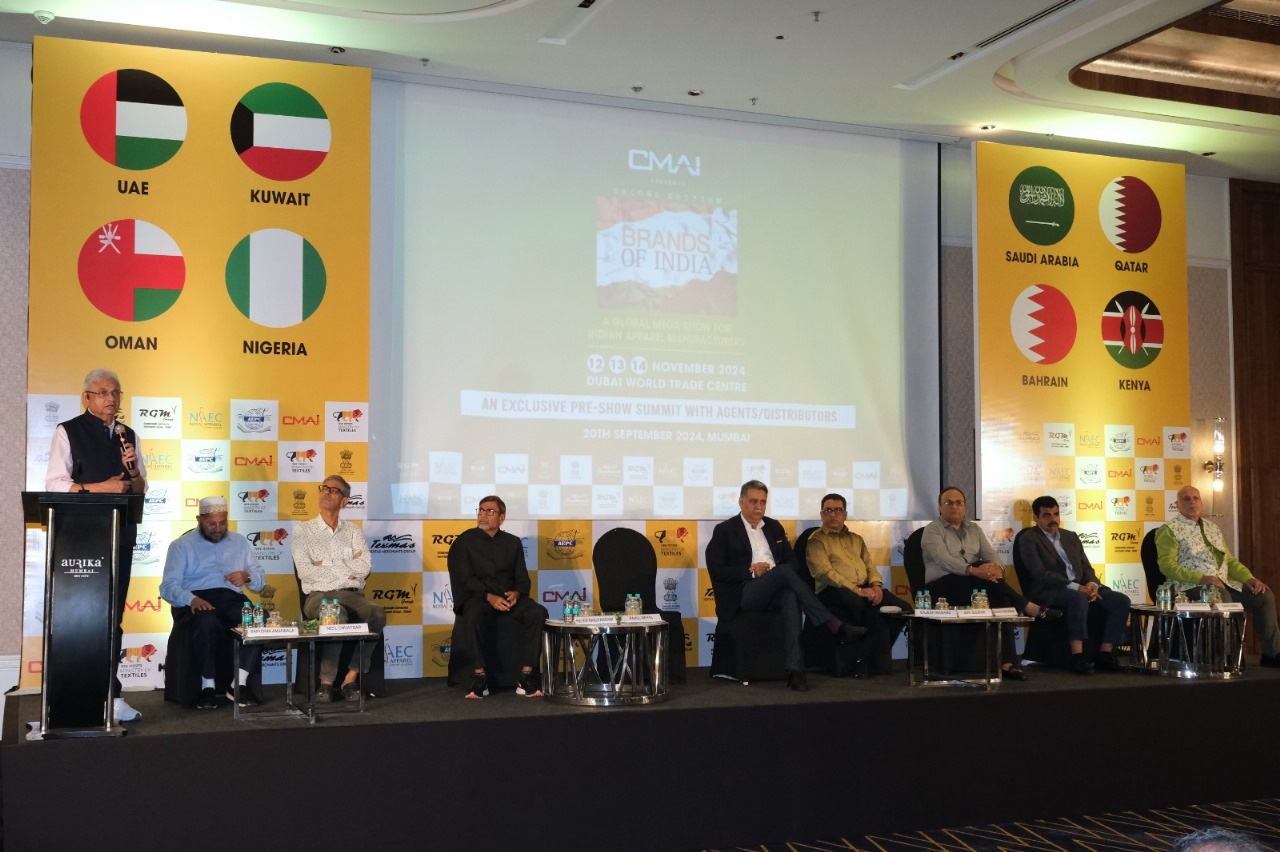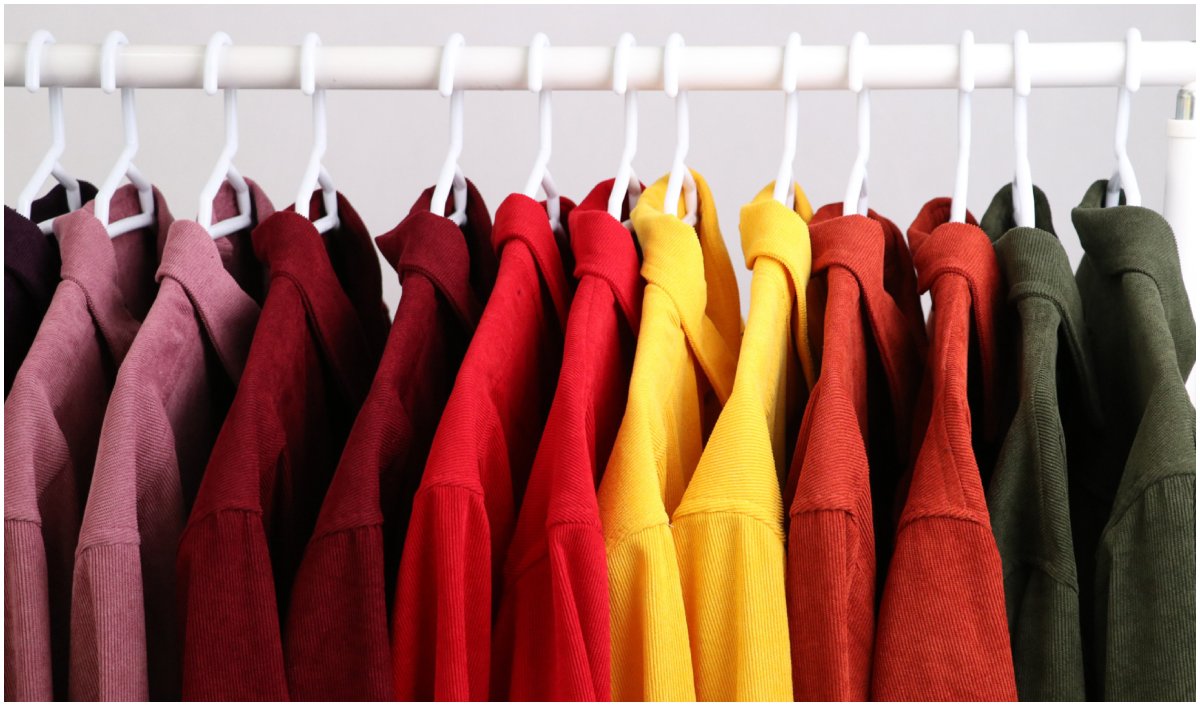Bangladesh’s garment exports to major markets, namely the US and the EU, declined during the latter half of the current fiscal year.
As per data from the US Department of Commerce’s Office of Textiles and Apparel (OTEXA), in the first four months of the 2024, Bangladesh’s apparel exports to the US declined by 14.44 per cent to $2.31 billion compared to $2.70 billion in the same period last year. Additionally, the combined textile and garment exports from Bangladesh to the US fell by 14.15 per centY-o-Y to $2.38 billion.
Factors contributing to this decline included inflationary pressures, increased production costs, lead times, and an energy crisis. Increased lead times caused shipment delays, a significant disadvantage compared to competitors like Vietnam and Cambodia. In the past, Bangladesh had mitigated this issue with cheap labor and large-scale production of low-end apparel products. However, inflation and the energy crisis exacerbated the challenges in garment exports.
Meanwhile, Vietnam's exports to the US grew by 0.31 per cent during the period with the country becoming the largest RMG exporter to the US. US apparel imports from Cambodia also increased by 7.92 per cent to $1.03 billion compared to $951.93 million in the same period in 2023.
The situation in the EU is similarly troubling. from Jan-Apr’24 Bangladesh's RMG exports to the EU fell by 9.85 per cent to €6.01 billion as against €6.67 billion in the same period in 2023, according to Eurostat data. Despite slightly reducing negative growth, Bangladesh still underperformed compared to competitors in the EU market due to an energy crisis, high utility costs, increased production costs, long lead times, and cumbersome customs procedures. Knitwear exports to the EU dropped to €3.38 billion from €3.88 billion, and woven garment exports declined to €2.64 billion from €2.79 billion during the same period.
Exporters note that despite a recent increase in US demand for apparel and growing EU imports, Bangladesh failed to capture a larger market share due to factors like longer shipment times and higher production costs. Buyers have been placing more orders with Vietnam and China, primarily due to shorter delivery times. Exporters report that lead times for importing and processing exports have increased to 70-80 days from the previous 50-55 days.
Lead time is a significant deterrent for importers placing work orders with Bangladesh. Equally important issues include logistical and infrastructure limitations and an unstable energy supply. One way to reduce lead times is by increasing the local supply of raw materials and accessories. Despite substantial investment in the textile sector to meet export demands, unstable energy supply has led most mills to operate below capacity.
Gas and power shortages, ongoing for about a year, now threaten almost the entire industrial sector, including textiles, RMG, light engineering, fertilizer, and cement. Textile mills are particularly affected, operating at 60-70 per cent capacity due to energy shortages, causing buyers to redirect orders to China and Vietnam for quicker deliveries. Around 300 textile mills in various regions are struggling to remain operational.












